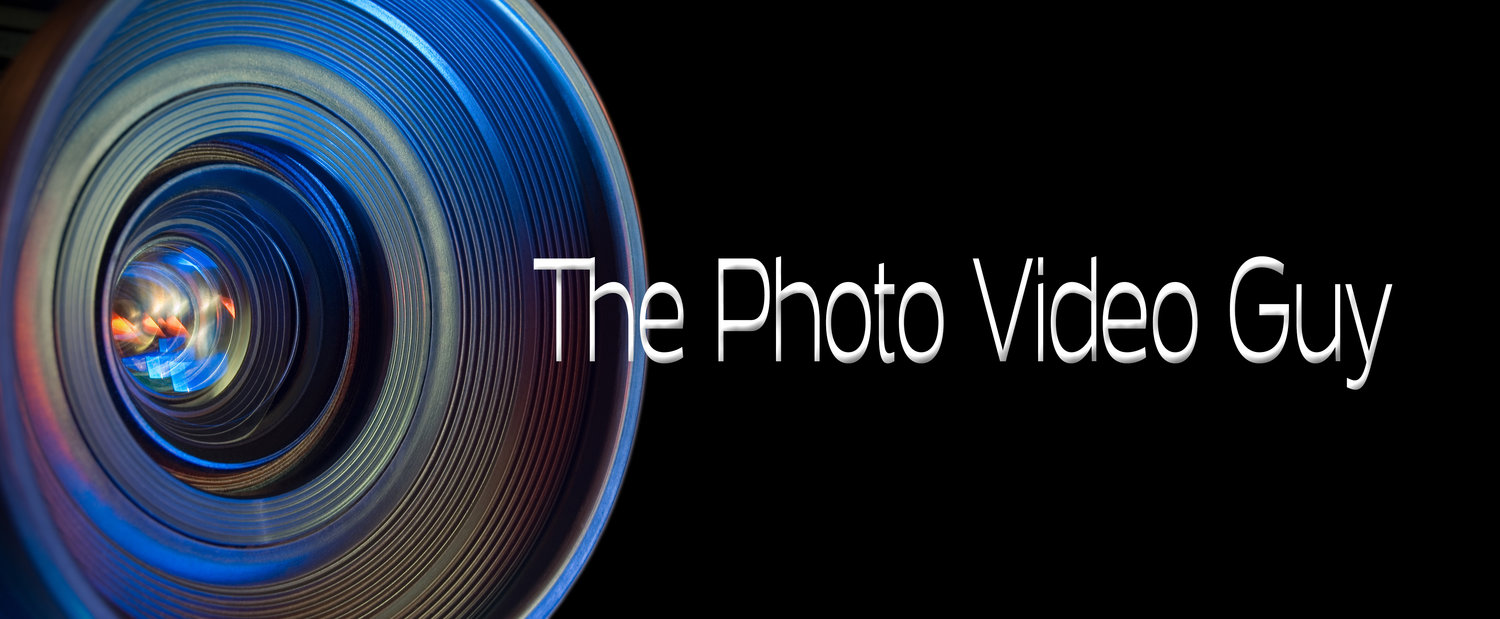Making Your Digital Images Look Like Film
/As I started with film, I still have some film preferences based on different subjects. Most of that in my case is in the space of positives as I was not really a big fan of colour print film except when doing weddings and the like in which case, the go to back then was Kodak Vericolor III, a film perfect for that kind of subject.
Different film stocks definitely had different looks and feels. Kodachrome 64 was my favourite although I shot a lot of Fujichrome 100 and 400 because I preferred the look to Kodak’s Ektachrome family. Purely subjective that. If I was doing something that was more red than other colours and had the light, Kodachrome 25 was my favourite. And as was common amongst many pros, I always underexposed the K films by one third of a stop to increase saturation.
With digital we do have all manner of plugins and effects available to us. We also have more presets than any of us could use in a lifetime. I am not a fan of presets because they are look oriented which may not and often does not engage with the content. That I don’t use presets at all, doesn’t make them evil or anyone else evil for using them, it’s my personal choice.
However, there are situations where the image, the goal and the intent is best served with a filmic look. There are myriad options in this space of course, but in this article I want to focus on the one that I have standardized on which is called Filmpack and comes from the nice people at DXO.
Image copyright Raymond stone 2023-2025 all rights reserved
The above image is the original file with very basic Lightroom edits. Then to demonstrate the variability of film looks, I made copies and applied some options.
Image copyright Raymond stone 2023-2025 all rights reserved
Exactly the same image, but this time with the film look of Kodachrome 64 applied. Kodachrome 64 had a warming cast that you can see in the sky and the facial fur.
Image copyright Raymond stone 2023-2025 all rights reserved
In this case, I wanted the image in Black and White with a tight grain and increased contrast so I used the film look for Fujifilm Acros 100 with a Red (R72) filter.
Image copyright Raymond stone 2023-2025 all rights reserved
This final variant is Kodak Portra 160 VC which is the version that replaced the old Vericolor III Professional. It adds warmth to the warm tones but tends to leave the cooler tones alone.
What we see is that a film look can influence how the viewer sees the story within the image, and I only used three fairly common looks for this article. DXO Filmpack, in my opinion, offers the best options in film looks available today. It works as a plugin in Lightroom Classic and in Photoshop. You can find out more, including a free trial here.
As always, I receive no compensation or other benefit from this recommendation.
Wrapping Up
Because I am at heart, a film person, I remember choosing the film to suit the subject and the story. With digital, I can now do that after the fact. In these examples, no additional edits were made and no tweaking was done to the film looks. They are basically slapped on, the same as one would a preset. Not my personal way to work, but effective at getting the point across.
Please become a member on Patreon to help support this channel. A big thanks to all the existing Patreon members! Send in comments or questions, I read and respond to all. If you shop with B&H Photo Video, please use the link on the main page as it pays me a small commission and does not cost you anything to do so. Thanks again and we will see each other again soon.
NO AI CRAPOLA WAS USED IN THE PRODUCTION OF THIS ARTICLE. THE IMAGE IS LICENSED FROM A HUMAN PHOTOGRAPHER












